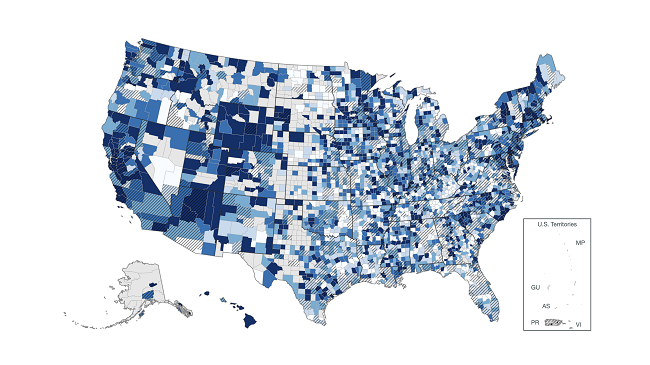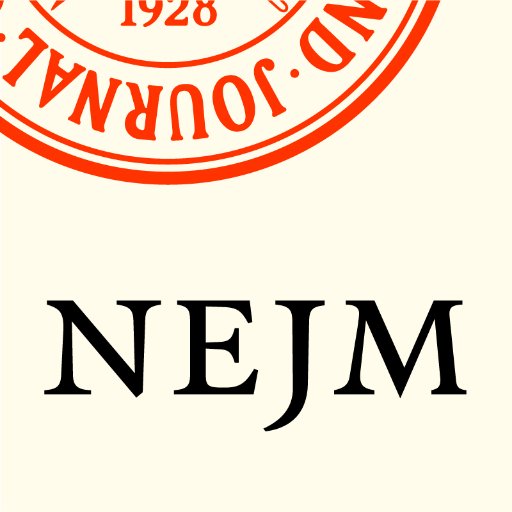Case Studies in Social Medicine — Attending to Structural Forces in Clinical PracticeIn their first year in medical school, all students learn to take a social history. As they transform their eyes, ears, and hands into sensors for detecting hidden causes of disease, they also learn to ask probing questions to illuminate patients’ social contexts. What pathogenic exposures might a patient face en route to immigrate to the United States from Guatemala, in being subjected to police violence and arrest in a heavily patrolled nonwhite neighborhood, in working in pesticide-laden fields, or as a result of exclusion from health care coverage? Answers to such questions can dramatically change a diagnostic picture or therapeutic plan. Yet by the clinical years of medical school, students learn that the social history is often collapsed into a record of three biobehavioral exposures — to alcohol, tobacco, and illicit drugs. Much of what they read in clinical journals appears to corroborate the assumption that in clinical medicine, the biologic and behavioral world of a patient’s body is more important than the social world outside it.

















 Follow us
Follow us Follow us
Follow us Follow us
Follow us